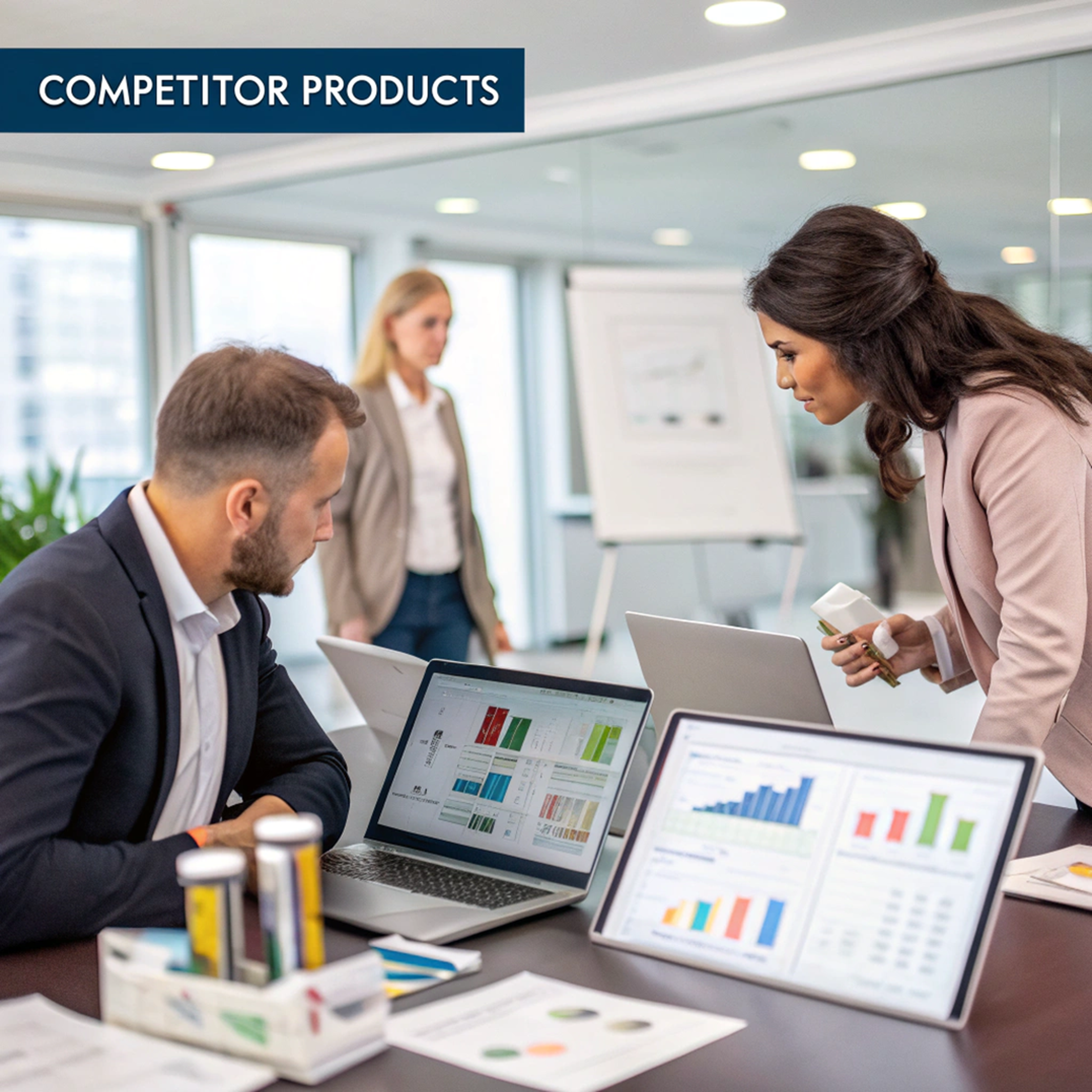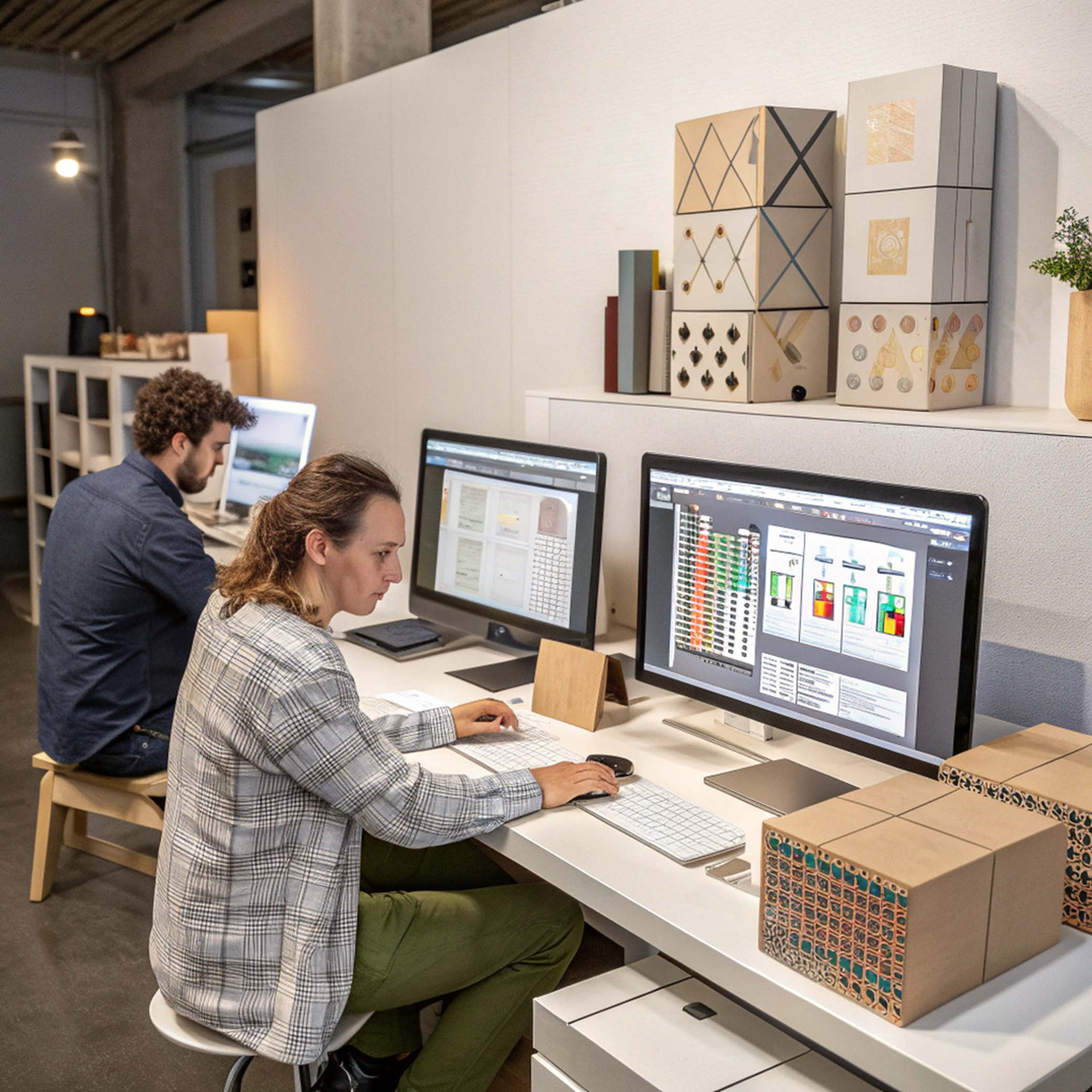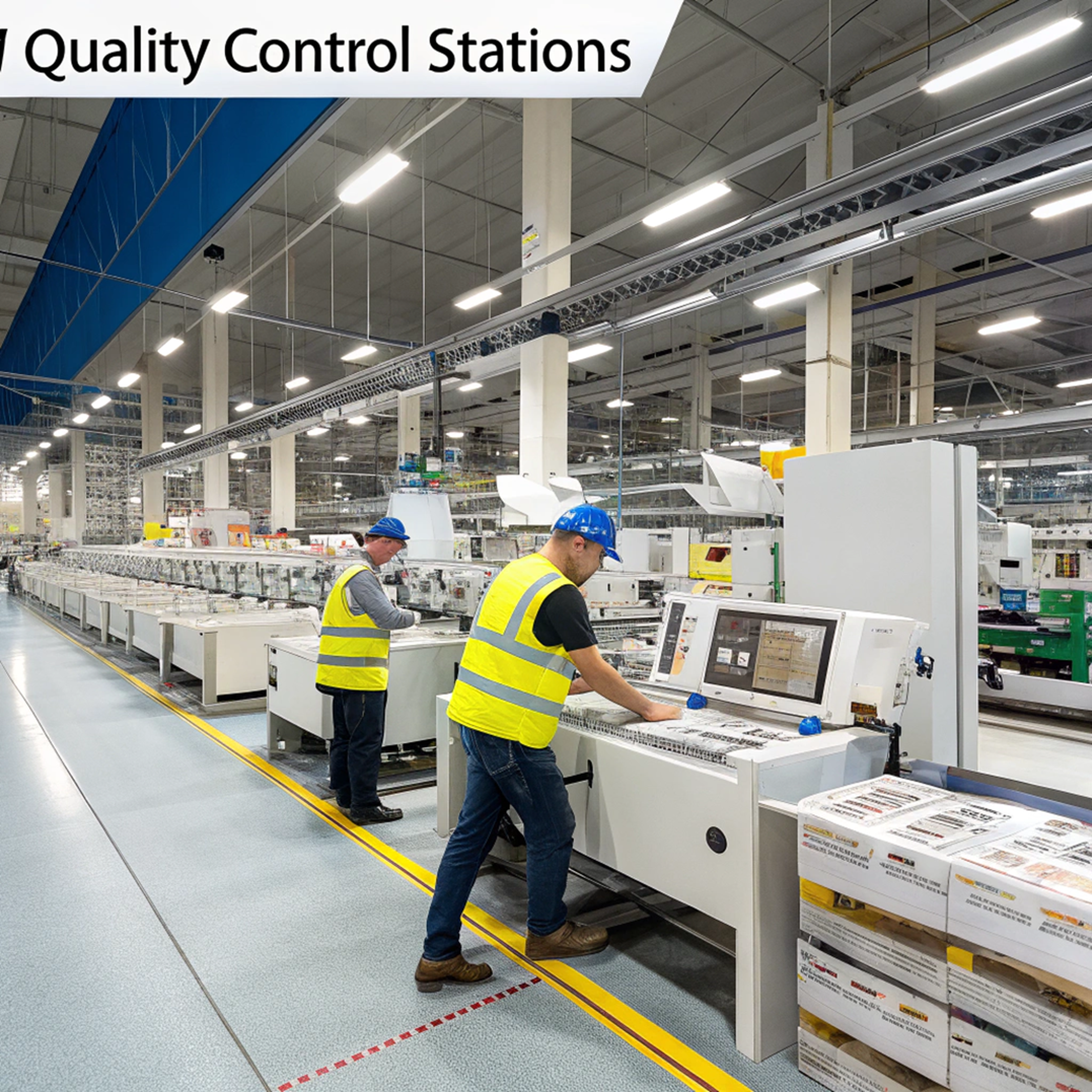From Concept to Shelf: The Complete Packaging Design Process
Creating successful packaging requires a systematic approach that transforms
initial concepts into shelf-ready products. This comprehensive process involves multiple stages,
stakeholders, and critical decision points that determine market success. Understanding each phase
helps brands navigate complexities while avoiding costly mistakes that can derail product launches.
Phase 1: Strategic Foundation and Research
Every successful packaging project begins with thorough market research and
strategic planning. This foundation phase involves analyzing competitor offerings, understanding
target customer preferences, and defining brand positioning goals. Without this groundwork, even
beautiful designs can fail to connect with intended audiences.
Stakeholder alignment during this phase prevents costly revisions later in the
process. Marketing teams, product managers, legal departments, and manufacturing partners must agree
on objectives, constraints, and success metrics before creative work begins.
 Strategic planning and market research lay the foundation for successful packaging design projects.
Strategic planning and market research lay the foundation for successful packaging design projects.
Phase 2: Creative Development and Concept Generation
Armed with strategic insights, creative teams generate multiple design
concepts that address functional and aesthetic requirements. This ideation phase explores different
visual directions, structural approaches, and material options through sketches, digital mockups,
and initial prototypes.
Concept refinement involves iterative feedback cycles between creative teams
and stakeholders. The best concepts balance brand expression with practical constraints like
production capabilities, cost targets, and regulatory requirements. This phase typically produces
3-5 refined concepts for further development.
Phase 3: Design Refinement and Technical Development
Selected concepts undergo detailed development addressing technical
specifications, material selection, and production requirements. Structural engineers ensure
packaging integrity while graphic designers perfect visual elements including typography, imagery,
and color schemes.
Regulatory compliance verification occurs during this phase. Legal teams
review labeling requirements, nutritional information accuracy, and industry-specific regulations.
This review prevents costly compliance issues that could delay launch or require expensive recalls.
 Technical development transforms creative concepts into production-ready packaging specifications.
Technical development transforms creative concepts into production-ready packaging specifications.
Phase 4: Prototyping and Testing Validation
Physical prototypes enable comprehensive testing across multiple dimensions.
Structural testing evaluates protection capabilities, while user experience testing observes real
customers interacting with packaging. This validation phase identifies issues before expensive
production tooling begins.
Market testing with target consumers provides crucial feedback on visual
appeal, messaging clarity, and purchase intent. Focus groups, online surveys, and in-store tests
reveal customer perceptions that may differ from internal assumptions.
Environmental testing subjects prototypes to shipping conditions, temperature
variations, and humidity exposure. This testing ensures packaging maintains integrity throughout
distribution channels while protecting product quality.
Phase 5: Production Planning and Manufacturing Setup
Approved designs transition to production planning where manufacturers develop
tooling specifications, select printing processes, and establish quality control procedures. This
phase requires close collaboration between design teams and production partners to maintain design
intent while meeting cost and timeline objectives.
Pre-production runs test manufacturing processes and identify potential issues
before full-scale production begins. These trial runs allow final adjustments to colors, materials,
or processes without disrupting launch schedules.
 Manufacturing setup transforms approved designs into finished packages ready for retail distribution.
Manufacturing setup transforms approved designs into finished packages ready for retail distribution.
Phase 6: Launch and Market Performance Monitoring
Successful packaging launches require coordinated efforts across supply chain,
sales, and marketing teams. Initial market performance monitoring tracks key metrics including sales
velocity, customer feedback, and any quality issues that emerge in real-world conditions.
Post-launch optimization continues the design process through performance
analysis and customer insights. This ongoing refinement ensures packaging continues meeting market
needs while identifying opportunities for future improvements.
Success Factors and Common Pitfalls
Successful packaging design processes maintain clear communication between all
stakeholders while balancing creative vision with practical constraints. Common failures include
inadequate research, insufficient testing, or poor communication between design and manufacturing
teams.
Timeline management prevents rushed decisions that compromise quality.
Building adequate time for each phase, including contingencies for unexpected issues, ensures
thoughtful decision-making throughout the process.
The complete packaging design process demands systematic approach,
cross-functional collaboration, and careful attention to both creative and technical requirements.
Mastering this workflow enables brands to consistently deliver packaging that delights customers
while achieving business objectives.